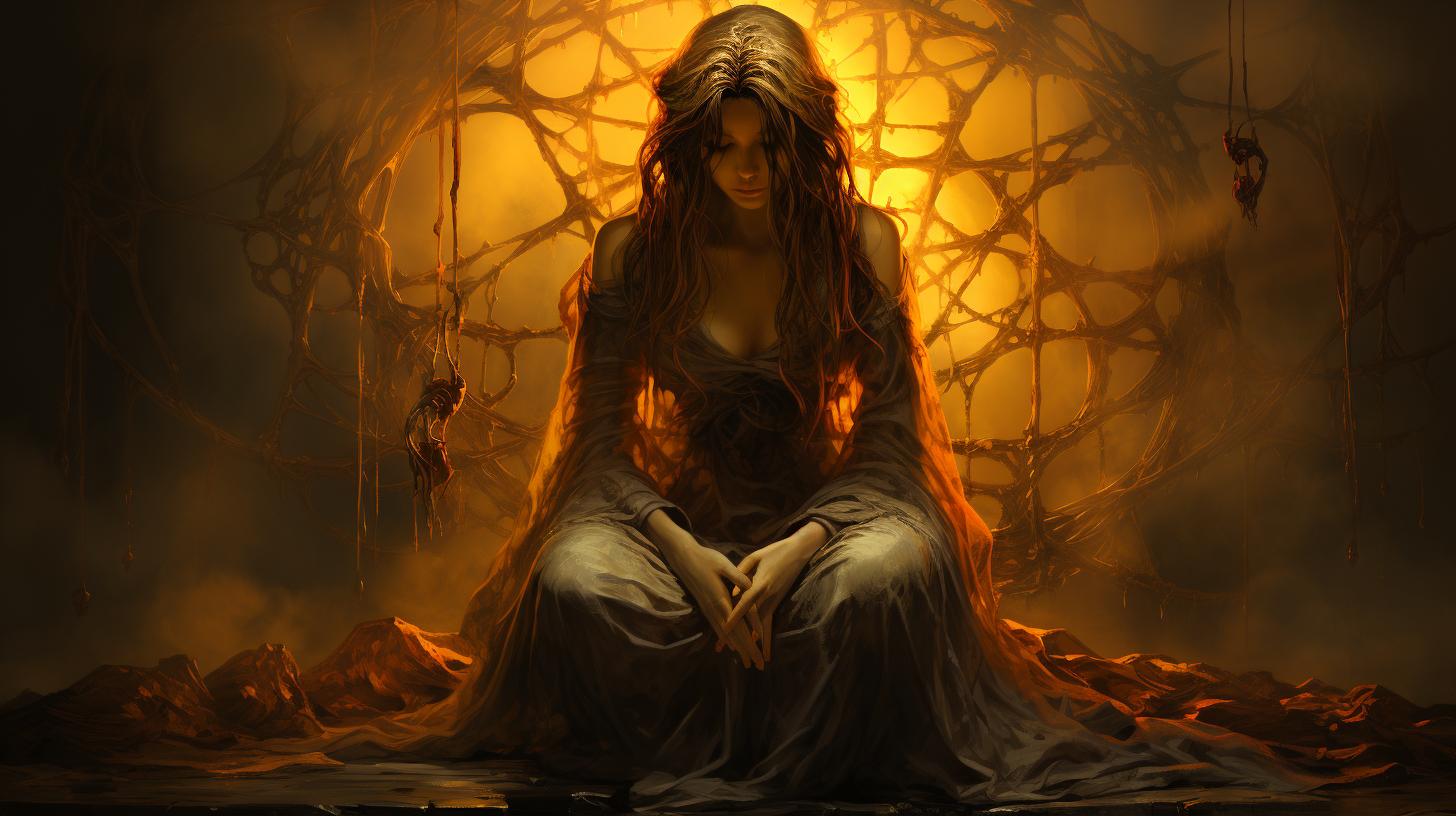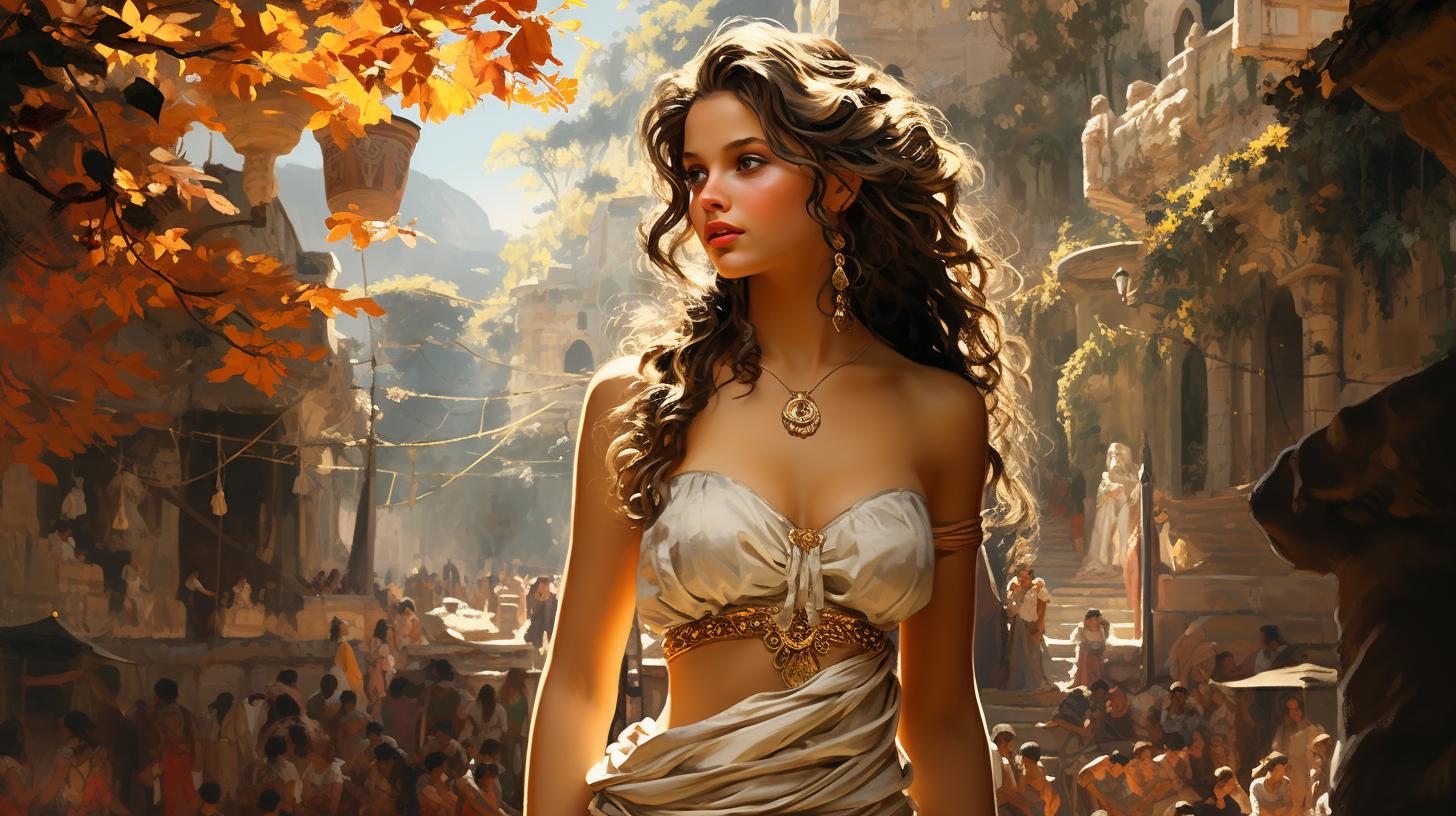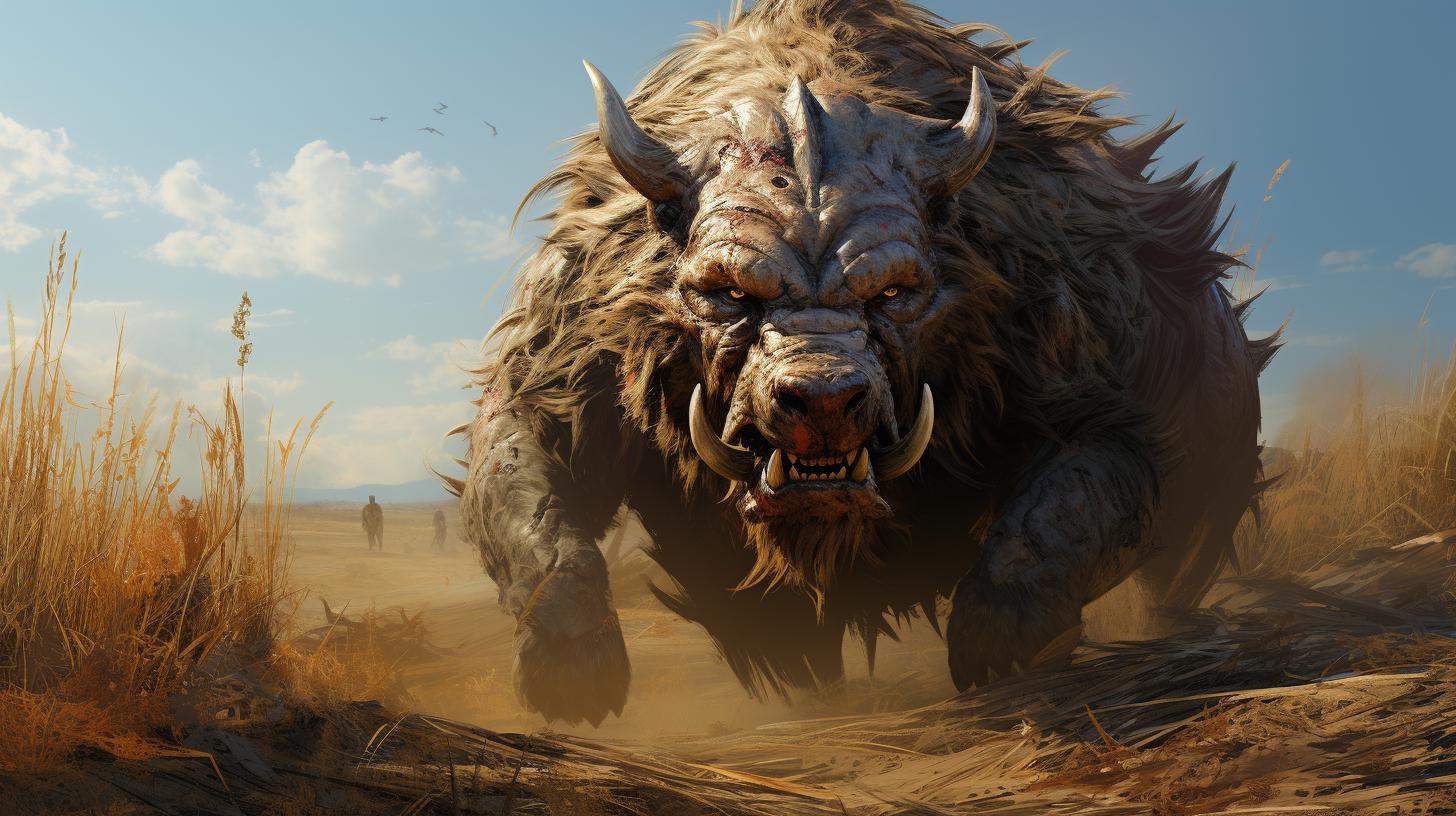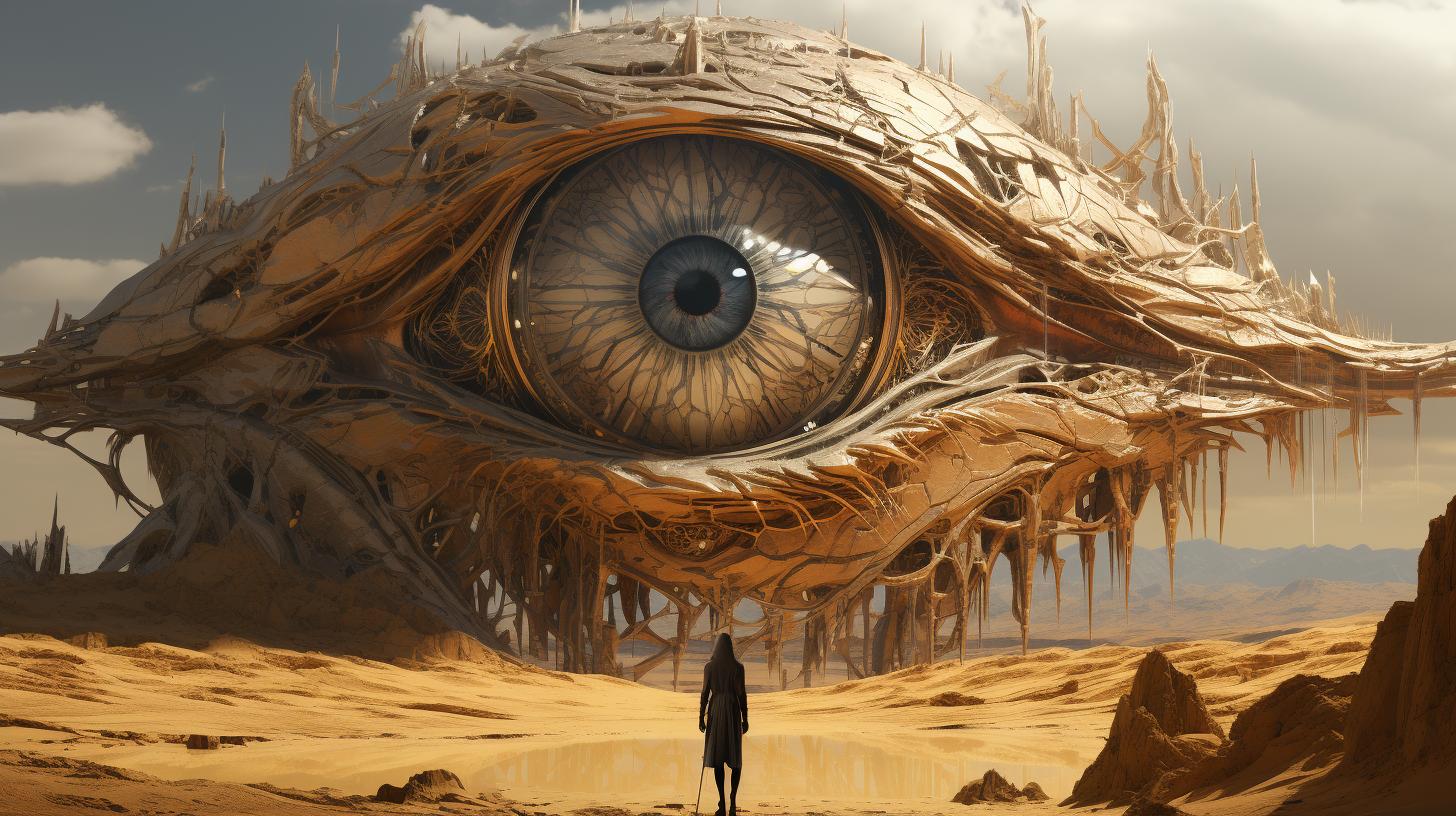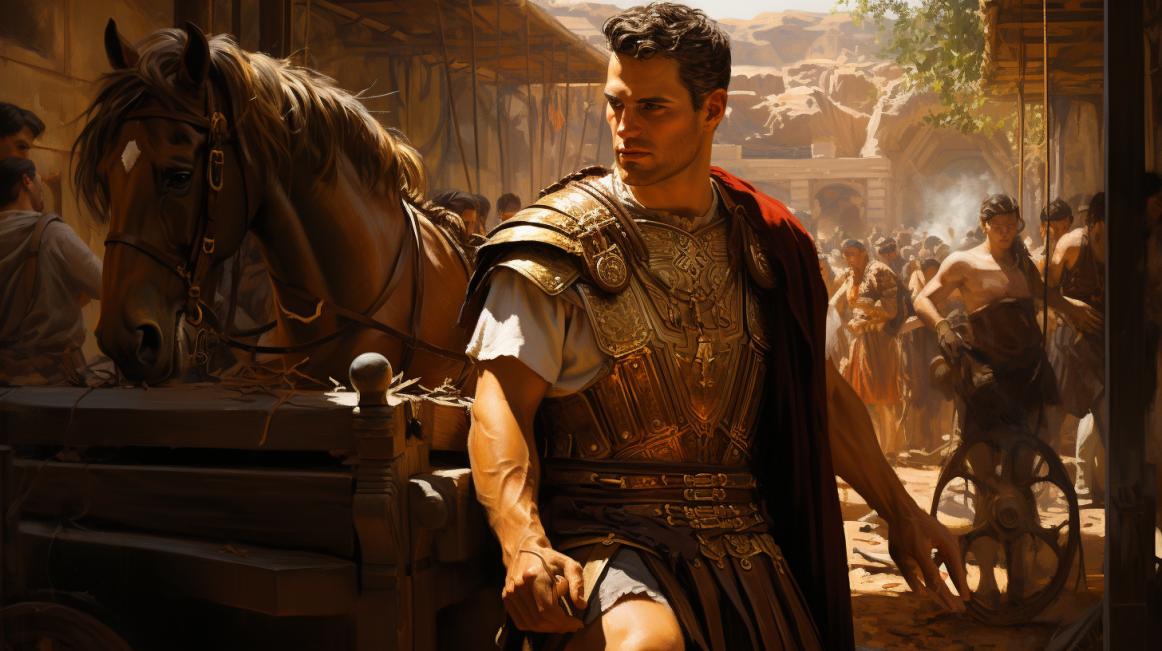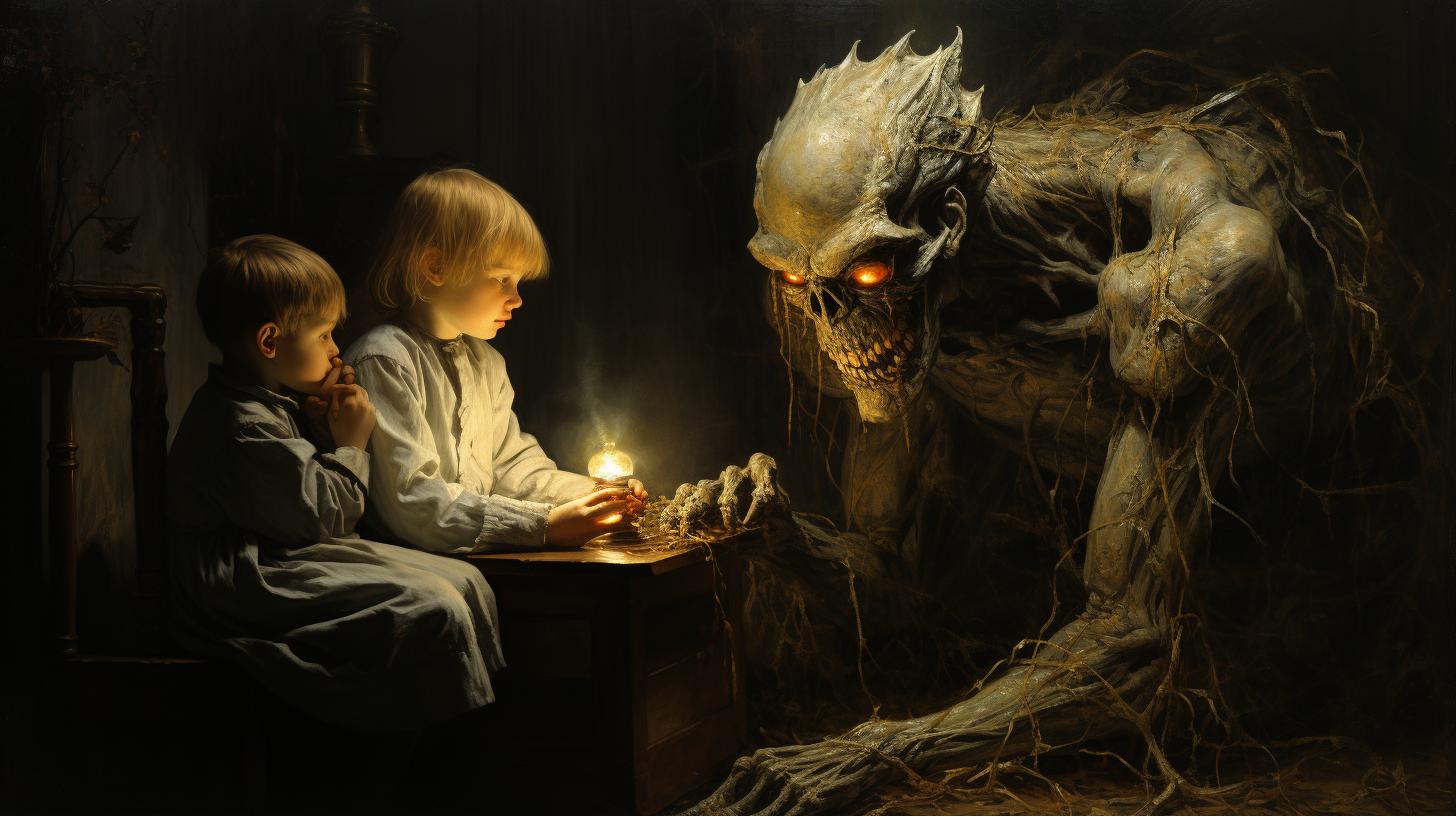Arachne Greek Mythology: Exploring the Ancient Greek Legend of the Weaver Goddess
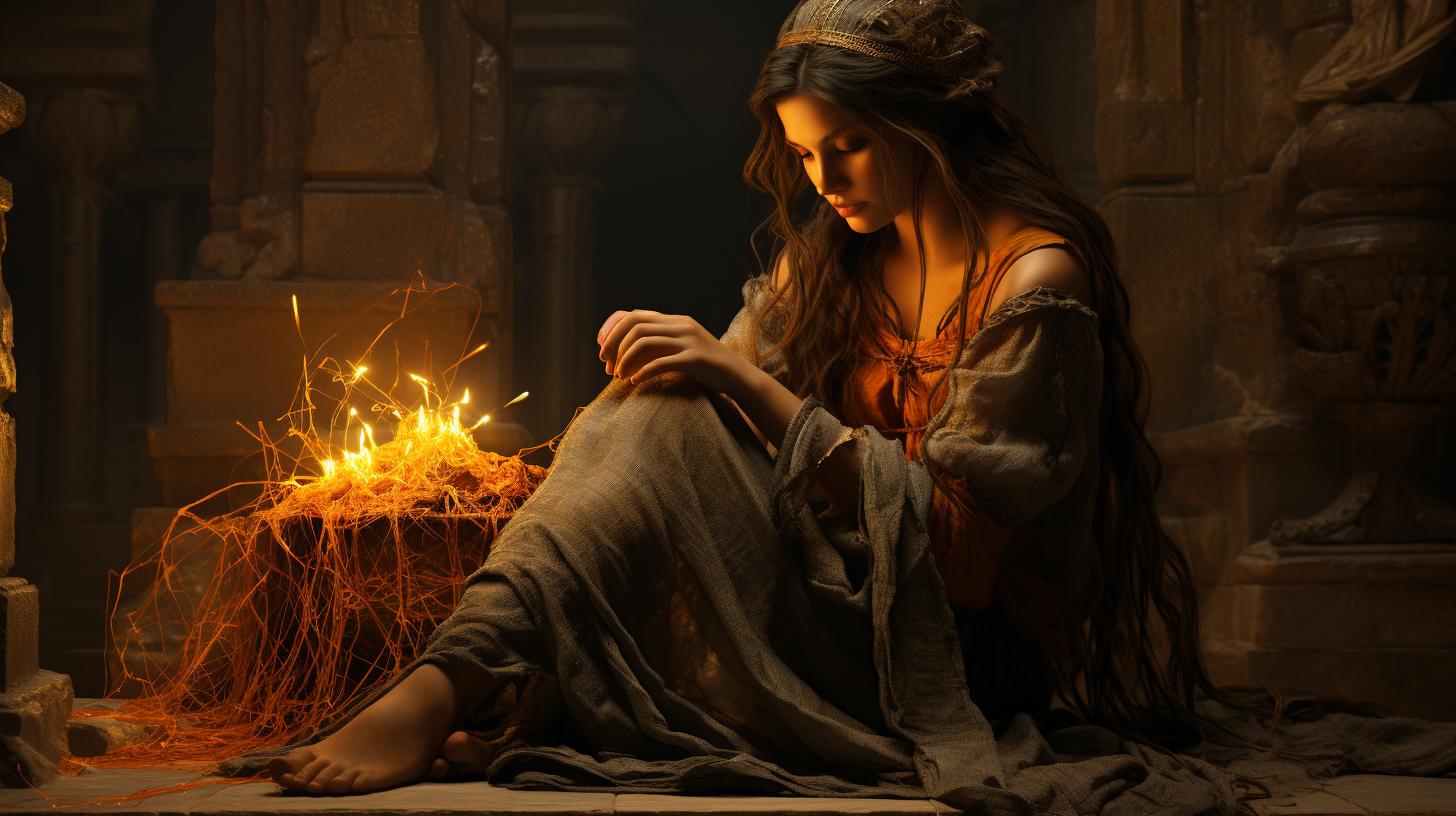
Arachne in Greek Mythology was a talented weaver who challenged Athena, the goddess of wisdom, to a weaving contest. Despite Athena’s warning, Arachne defiantly showcased gods deceiving and mistreating mortals in her tapestry.
This angered Athena, leading to the destruction of Arachne’s work and her eventual transformation into a spider. This myth serves as a cautionary tale against arrogance and continues to be analyzed for its artistic and symbolic implications.
Arachne’s story has also left a lasting impact on modern culture, inspiring various artistic representations and interpretations.
Arachne in Greek Mythology
In Greek mythology, Arachne is a captivating figure associated with the art of weaving. Her story has become an enduring part of ancient Greek culture and continues to fascinate people today.
Let’s delve into the different aspects of Arachne’s myth, starting with her role as the mythical weaver goddess.
The Mythical Weaver Goddess
Arachne is renowned as a gifted weaver, known for her extraordinary skills in creating intricate and beautiful tapestries. Her talent in weaving was unmatched, and she gained confidence in her abilities, believing she surpassed even the goddess Athena herself.
Arachne’s Skills in Weaving and Tapestries
Arachne’s exceptional proficiency in weaving allowed her to invent techniques for crafting delicate linen fabrics and intricate webs. She became renowned for her ability to capture lifelike details and convey vibrant stories through her tapestries.
Challenging Athena to a Contest
Arachne’s boldness and hubris led her to challenge Athena, the goddess of wisdom and crafts, to a contest. Ignoring Athena’s disguised warning to seek forgiveness, Arachne insisted on a face-to-face competition to prove her superiority as a weaver.
As the contest unfolds, we discover fascinating details about Arachne’s life, skills, and the consequences she faced for her audacious challenge. Join us as we explore the contest between Arachne and Athena, and the far-reaching implications of their encounter.
Arachne and Athena’s Contest
Arachne’s defiance of Athena led to a heated contest of tapestry weaving between the mortal weaver and the goddess of wisdom. This section explores the events leading up to the contest, their weaving competition, and the consequences that unfold.
Athena’s Warning and Arachne’s Defiance
Before the contest, Athena, disguised as an old woman, warned Arachne about the potential consequences of her arrogance. However, Arachne refused to heed the warning and challenged Athena to appear before her in person.
This act of defiance set the stage for their fateful competition.
The Competition of Tapestry Weaving
The contest commenced, with Athena and Arachne demonstrating their weaving skills on separate tapestries. Athena crafted a magnificent tapestry depicting the gods in all their splendor and the punishment mortals faced for daring to compare themselves to the divine.
Meanwhile, Arachne portrayed the gods’ deceitful and abusive behavior towards mortals, including Zeus’s seduction of women in various forms.
Depictions of Gods and Mortals in Arachne’s Tapestry
Arachne’s tapestry stood out as more compelling and visually striking than Athena’s creation. Her intricate weaving skillfully depicted the gods’ flaws and moral failings, capturing the attention of those who witnessed it.
The tapestry served as a powerful critique of the divine, showcasing their mistreatment of mortals in vivid detail.
Athena’s Anger and Destruction
Athena, consumed by rage and jealousy, could not tolerate the beauty and audacity of Arachne’s work. In her fury, she destroyed Arachne’s tapestry and struck her with a weaving tool.
This devastating act left Arachne humiliated and crushed by her defeat at the hands of the goddess.
Consequences and Transformation
The contest between Arachne and Athena had profound consequences for both the mortal weaver and the goddess. Let’s explore the aftermath of their confrontation and the transformative events that followed.
Arachne’s Devastation and Self-Inflicted Death
Upon witnessing her tapestry destroyed by Athena and feeling immense shame, Arachne was overwhelmed by devastation. Consumed by grief and humiliation, she chose to take her own life, tragically ending her existence through hanging.
Athena’s Compassion and Transformation of Arachne
Despite the tragic outcome, Athena, who recognized Arachne’s immense talent, felt compassion for the young weaver. Moved by her demise, Athena decided to transform Arachne into a spider, preserving her weaving abilities and providing her with a new eternal existence.
Arachne’s Eternal Weaving as a Spider
Through Athena’s divine intervention, Arachne’s transformation into a spider granted her the ability to continue her craft indefinitely. Forever destined to spin intricate webs, Arachne and her descendants became the mythical origin of spiders, forever entwined in the fabric of the natural world.
The Legacy of Arachne in Mythology and Symbolism
Arachne’s tale holds significant symbolism and continues to resonate in mythology and art. Her story serves as a cautionary reminder of the consequences of unchecked pride and defiance, a warning against challenging the gods.
Furthermore, Arachne’s transformation into a spider represents the enduring power of creativity and the eternal legacy left behind by talented individuals.
Analysis and Interpretations
Arachne’s Story as a Warning against Arrogance
Arachne’s myth serves as a cautionary tale about the dangers of arrogance and hubris. Her unwavering belief in her superior weaving skills led her to challenge the goddess Athena herself.
This portrayal warns individuals against foolishly challenging divine powers and underestimating the consequences of their actions.
Artistic Expression and Autocratic Regimes
Arachne’s story can be analyzed as an allegory for the role of artists under autocratic regimes. Ovid wrote during the reign of Emperor Augustus, and Arachne’s defiant nature can be seen as a reflection of artists challenging oppressive systems.
The contest between Arachne and Athena symbolizes the tension between artistic freedom and the constraints imposed by authoritarian rulers.
Literary References to Arachne’s Myth
Arachne’s myth has left a lasting impact on literature, serving as a source of inspiration for numerous works. Edmund Spenser’s epic poem ‘Muiopotmos’ and Dante Alighieri’s ‘Divine Comedy’ are just a few examples where allusions to Arachne’s tale can be found.
These references highlight the enduring relevance and fascination with Arachne’s story in the world of literature.
- Arachne’s defiance warns against challenging divine powers.
- Her story can be interpreted as an allegory for artists under autocratic regimes.
- Literary works such as ‘Muiopotmos’ and the ‘Divine Comedy’ make allusions to Arachne’s myth.
Arachne in Modern Culture
Influence on Art, Literature, and Pop Culture
The timeless tale of Arachne in Greek mythology has left a significant impact on various forms of artistic expression, literature, and popular culture.
Her story has inspired countless artists, writers, and creators to explore and reinterpret her mythological narrative.
Arachne’s weaving prowess and her audacious challenge to the gods have served as a symbol of artistic ambition, defiance, and the consequences of overstepping boundaries.
Artists have depicted her in paintings, sculptures, and tapestries, showcasing her as an emblem of skill, rebellion, and transformation.
In literature, Arachne’s story has been incorporated into numerous works. Writers have drawn parallels between her defiance of the gods and the struggles of individuals against societal norms.
Her transformation into a spider has been interpreted as a metaphor for artistic obsession or the eternal pursuit of excellence.
In pop culture, Arachne has appeared in various forms, from comic books and graphic novels to movies and television shows.
Her complex character and the themes associated with her legend continue to captivate audiences, sparking discussion and fostering creativity.
Exploring Arachne’s Mythological Origins Today
The myth of Arachne continues to be explored and studied by scholars, researchers, and enthusiasts in the field of mythology. Through close examination of ancient texts and interpretations, they delve into the origins, symbolism, and cultural significance of Arachne’s story.
By exploring Arachne’s mythological origins, experts aim to gain insights into the historical, social, and artistic contexts in which the tale emerged. They analyze the portrayal of gods, mortals, and the power dynamics in Arachne’s contest with Athena, unraveling the deeper meanings hidden within the narrative.
Furthermore, Arachne’s myth offers a gateway to understanding ancient Greek beliefs, ideologies, and the role of women in society. It provides a lens through which we can explore themes of creativity, hubris, and divine intervention in ancient mythology.
Popular Perceptions and Misconceptions Surrounding Arachne
Over time, popular perceptions and misconceptions have emerged surrounding Arachne and her myth. Some mistakenly view her solely as a cautionary tale against arrogance, failing to recognize the broader themes and symbolism embedded in her story.
Additionally, Arachne is sometimes overshadowed by other prominent figures in Greek mythology, leading to misconceptions about her significance and impact. However, her enduring presence in art, literature, and cultural references reflects her continued relevance and influence.
By understanding and dispelling these misconceptions, we can appreciate the complexities and nuances of Arachne’s myth and its enduring relevance in contemporary culture.
Frequently Asked Questions about Arachne
Who was Arachne in Greek mythology?
Arachne was a legendary figure in Greek mythology known for her exceptional weaving skills. She was the daughter of Idmon of Colophon, a renowned dyer, and was credited with the invention of linen weaving and creating intricate tapestries.
Arachne’s talent led her to challenge the goddess Athena to a weaving contest.
What was the contest between Arachne and Athena?
The contest between Arachne and Athena was a challenge to determine who was the superior weaver. Arachne boasted that her skills surpassed even those of the goddess Athena, which angered Athena. In response, Athena disguised herself as an old woman and warned Arachne about the consequences of her arrogance.
Despite the warning, Arachne remained defiant and challenged Athena to the contest.
What happened to Arachne after the contest?
During the contest, Arachne’s tapestry depicted the gods behaving unjustly towards mortals, while Athena’s tapestry showcased the gods’ power and retribution. Despite Arachne’s superior weaving skills, Athena became furious at the portrayal in Arachne’s tapestry.
In her anger, Athena destroyed Arachne’s work and struck her with a weaving shuttle. Overwhelmed with devastation and shame, Arachne took her own life.
What is the symbolic meaning of Arachne’s transformation into a spider?
As an act of compassion, Athena transformed Arachne into a spider instead of leaving her to an afterlife of eternal torment.
Arachne’s transformation served as a symbolic punishment for her arrogance and defiance towards the gods. From then on, Arachne’s descendants (spiders) carried on her legacy by weaving intricate webs.
How is Arachne’s story relevant in modern society?
Arachne’s story serves as a cautionary tale about the consequences of pride, arrogance, and challenging authority.
It reminds us of the importance of humility and respect for higher powers. Furthermore, Arachne’s story has inspired countless works of art, literature, and popular culture, making it an enduring and influential myth in our modern society.
.

